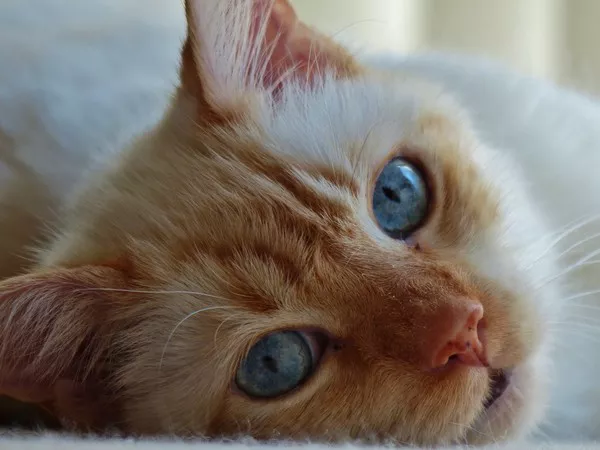Data briefly published by the Centers for Disease Control and Prevention (C.D.C.) suggested that bird flu-infected cats may have transmitted the virus to humans and vice versa. However, the information was quickly removed, raising concerns about transparency regarding the risks of bird flu to both people and pets.
According to a copy of the data obtained by The New York Times, one case involved a cat that may have spread the virus to another cat and a human adolescent. The infected cat died four days after symptoms appeared. In another case, a dairy farmworker showed symptoms first, followed by a cat that became ill two days later and died on the third day.
The deleted data appeared in a C.D.C. scientific report primarily focused on air quality and wildfires in Los Angeles County. The table referencing bird flu was absent from the embargoed version shared with media prior to publication and is no longer available online. It briefly appeared around 1 p.m. on Wednesday when the report was posted, though it remains unclear why it was later removed.
The H5N1 virus primarily affects birds but has been spreading among dairy cattle since early last year. While at least 67 Americans have been infected, the virus has not yet evolved to spread efficiently between humans. To date, only one U.S. fatality—reported in Louisiana—has been linked to H5N1.
The report was part of the C.D.C.’s Morbidity and Mortality Weekly Report, which had been published consistently for decades until a recent communications ban delayed its releases. The wildfire report was the first to be published after the pause.
Experts were not surprised by the possibility that cats could transmit H5N1 to humans but expressed concern over the lack of public disclosure.
“If there is new evidence about H5N1 that is being withheld for political reasons, that is entirely at odds with the government’s responsibility to protect the American people,” said Jennifer Nuzzo, director of the Pandemic Center at Brown University’s School of Public Health. She emphasized the need for the C.D.C. to release the full data for scientific review.
Cats have long been known to be highly susceptible to H5N1. According to the U.S. Department of Agriculture, at least 85 domestic cats have been infected since late 2022. However, no confirmed cases of cat-to-human transmission had been documented before this.
Given the widespread presence of cats in U.S. households and their close interaction with humans, understanding the risks is crucial, said Dr. Diego Diel, a veterinarian and virologist at Cornell University.
Cats may contract the virus by hunting infected wild birds, but cases among domestic cats have increased as H5N1 spreads through dairy farms. On many farms, dead cats were the first indication that cattle were infected. Some pet cats have also been exposed through contaminated raw pet food or raw milk.
H5N1 is often fatal in cats, causing severe neurological symptoms. While historically a bird virus, recent strains have infected a growing number of mammals, including seals, domestic and wild cats, and dairy cows. As the virus continues to evolve in mammals, the risk of human transmission increases.
Related Topics























